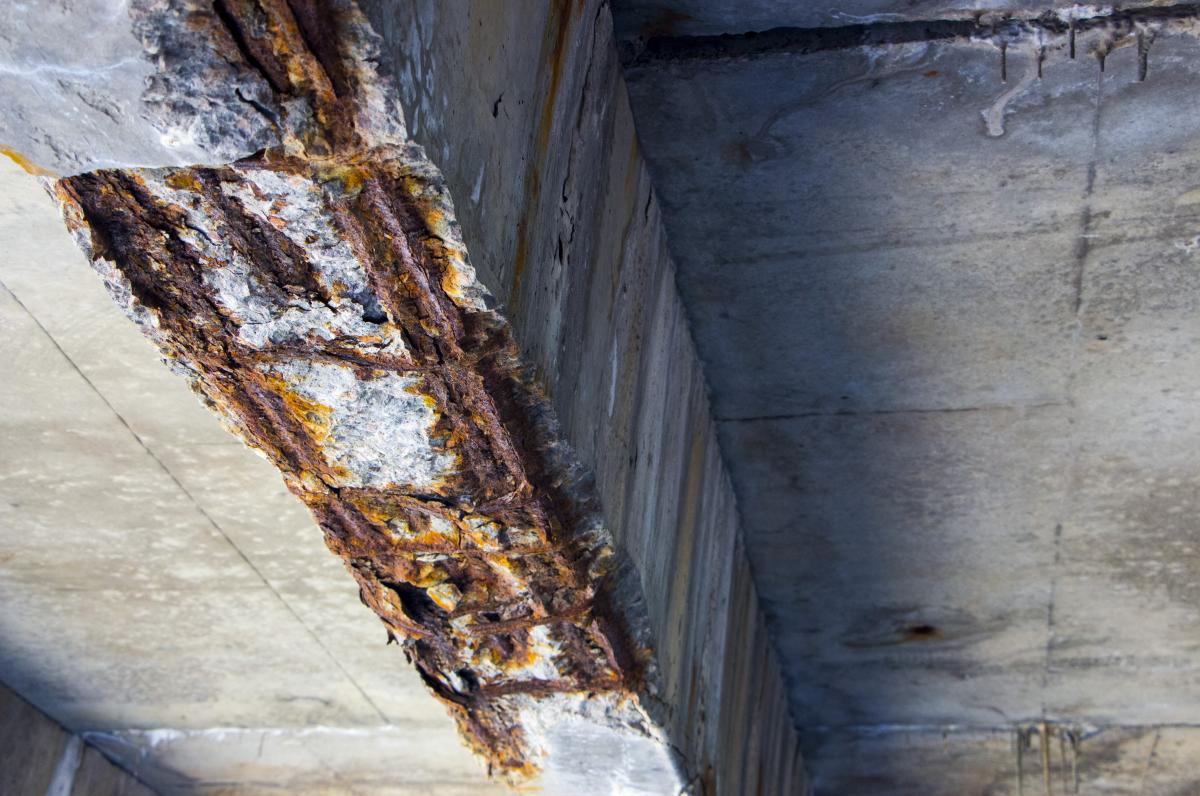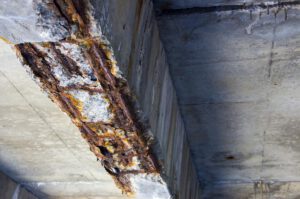Windshields are a safety feature in your car, and they need to be replaced quickly when damaged. Cracks and chips impede visibility and can lead to serious injury in an accident.
Windshield Replacement Orlando usually replaces windshields within 30 minutes to one hour. The process involves prepping the new windshield and the frame before gluing it into place.

Replacing a windshield is typically done by professionals, but many people are interested in doing it themselves. The process is not very complicated, but it must be done carefully. The wrong steps can damage the new windshield or cause issues with your vehicle warranty. You also need to know how much the tools and materials will cost before starting.
First, it’s important to clean the old frame from dirt, dust and broken glass before attempting to remove the windshield. There are several different tools that can be used for this purpose, ranging from a wire to a windshield cutting tool. The best option is to purchase a windshield removal tool from an automotive supply store or online. There are both pneumatic and manual versions available. These tools are designed specifically for removing the windshield and are much safer than using a regular wire or scraper.
The next step is to separate the old windshield from the pinch weld. The pinch weld is a point on the front of the car where various metal components are welded together to provide structure and support for the windshield. This part of the car must be cleaned from dirt, debris and dust before the urethane adhesive is applied.
It’s crucial to make sure that the urethane adhesive is applied correctly. If it isn’t, the windshield will not be secure in place and could possibly shift while driving. Using a urethane primer can help to ensure that the adhesive is applied evenly and with the proper pressure. The urethane primer will also act as a rust inhibitor for the metal parts of the frame.
When applying the urethane adhesive, it’s essential to follow the manufacturer’s instructions. Some shops will use bathtub caulking as an inexpensive substitute for urethane adhesive, but this can lead to poor adhesion and leaks. The best way to avoid these problems is to find a shop that uses high quality, professional grade urethane adhesive.
Once the urethane has been applied, it’s important to wait until it is fully cured before driving the car. It may take one to two hours for the adhesive to fully set. If you drive the car too soon, it can result in air or water leaks from the windshield.
Another mistake that some people make when replacing their windshields is washing the car too soon. This can ruin the results of the urethane bond and can even lead to cracks in the windshield. It’s also important to not touch the windshield with your fingers after the installation is complete because the oils on your hands can contaminate the urethane and cause it to fail. If you must touch the windshield, be sure to use a pair of latex gloves. This will prevent the chemicals in the urethane from damaging your skin. Finally, it’s important to find a shop that has technicians who are NGA (National Glass Association) or AGRSS (Automotive Glass Repair and Replacement Safety Standards) certified. These certifications show that the technicians are knowledgeable and have undergone a thorough training program.
This step is done before the windshield adhesive is applied. This helps the urethane bond with the windshield and car frame. It also increases the strength of the urethane to keep the windshield firmly in place. A hurried installation or improper adhesive can cause problems like air whistles, water leaks, distorted vision, heat or cold discomfort, and rust.
If you’re replacing your windshield, it’s best to have a helper. This is because the urethane is very heavy. If you’re doing it yourself, make sure you use a strong caulking gun to apply the urethane. You can buy these at most auto parts stores or online. The key is to be consistent and apply a continuous line. Avoid stops and try to move your hand with a constant speed. This will prevent the urethane from getting on the paint and making it hard to remove later.
Before applying the urethane, make sure your work area is clean. You don’t want any dirt or dust on the pinch weld, which is where the windshield is attached to the frame. Then, you can prepare the windshield glass. This step may take some time as you have to carefully set the glass and ensure it’s centered in the frame.
Apply a thin coat of urethane primer to the area around the perimeter of the windshield and the frit band. This is the black strip that goes around the windshield. A quality urethane primer surfacer, such as Epifanes 7320 gray or 7325 buff is a good choice. These primers are high-build sanding primer surfacers that dry fast, sand easy and hold color well. They are suitable for metal, fiberglass and painted surfaces and provide excellent adhesion.
After the primer has dried, you can mask the areas that won’t get coated with urethane. If you don’t, you’ll have to remove all the tape, paper and plastic when you’re done installing the new windshield. This is an important step because it will help protect the body from rust and corrosion. It also helps keep the windshield from getting dirty while you’re working on the car.
Once the masking is removed, you’ll need to prep the pinch weld for the windshield adhesive. You can do this by applying a pinch weld primer made by the manufacturer of the windshield adhesive you’re using. You can also apply a general automotive primer. It’s important to use a high-quality automotive primer to ensure it will adhere to the metal and rust.
A quality auto glass shop will apply the urethane primer to the pinch weld and then spray on three even coats of paint. This will help the urethane stick to the pinch weld, and it will also keep the urethane from chipping or peeling. It’s important to use the same color as the bare metal so that it blends in with the frame. If the urethane peels or chips, it can be difficult to fix, which is why it’s so important to choose the right type of primer to use.



